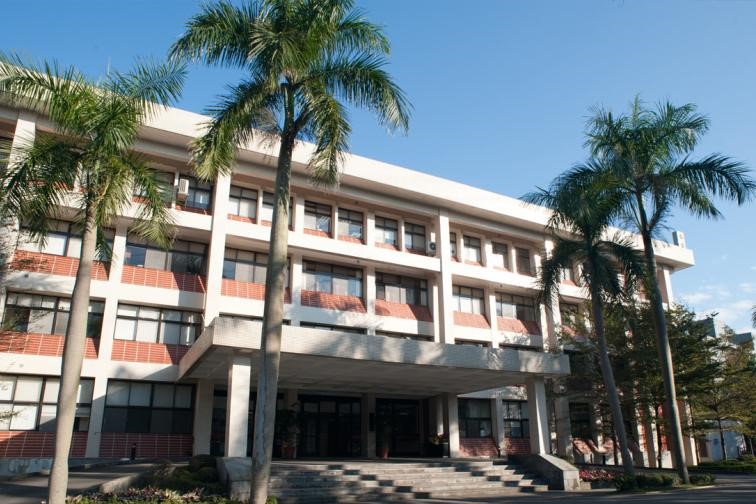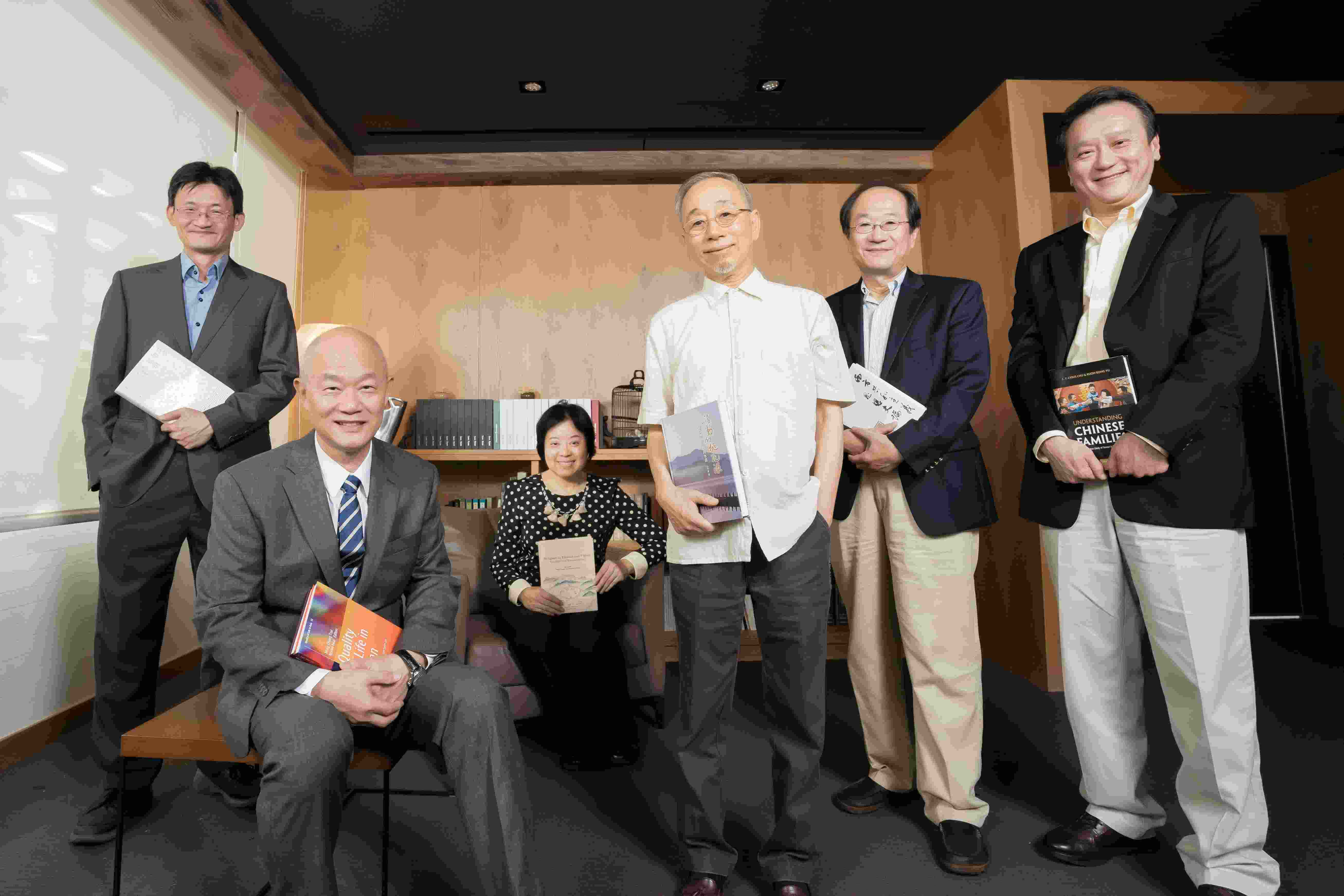- 演講或講座
- 物理研究所
- 地點
物理所5樓第一會議室
- 演講人姓名
Dr. En-Hung Chao (Department of Physics, Columbia University)
- 活動狀態
確定
- 活動網址
https://www.phys.sinica.edu.tw/lecture_detail.php?id=3002&eng=T
【Abstract】
The discrepancy between the experimentally measured value for the anomalous magnetic moment of the muon ($a_\mu$) and the Standard Model prediction is a long-standing puzzle in modern particle physics. As of the theory consensus reached in 2020, the tension lies at the 4.2-$\sigma$ level. Currently, the theory uncertainty is dominated by hadronic contributions. The two most relevant categories of such contributions are the Hadronic Vacuum Polarization (HVP) and the Hadronic Light-by-Light (HLbL), starting at the second and third order in the fine structure constant respectively. Over the past years, Lattice Quantum Chromodynamics (LQCD) has been successfully applied to determine the HVP and the HLbL contributions and the estimates are being continuously improved. With the recent updates, the tension between the determinations from LQCD and from the data-driven methods -- based on which the leading-order HVP contribution of the 2020 theory consensus was given -- becomes even more pronounced.
In this talk, I will present three $a_\mu$-related LQCD activities of the Mainz group in which I was involved. Firstly, I will present a calculation of the intermediate window quantity of the HVP [arXiv:2211.15581] -- a smeared version of the HVP where precise comparisons between LQCD and the data-driven methods can be made. Secondly, I will review the Mainz endeavor on the direct calculation of the HLbL contribution to $a_\mu$ [arXiv:2006.16224, 2104.02632, 2204.08844]. Lastly, I will discuss about our latest efforts on the electromagnetic correction to the HVP [arXiv:2209.02149, 2501.03192], where improvements are still needed to allow for a sub-percent determination of the total HVP contribution to $a_\mu$ from the Standard Model to match the expected achievable precision from experiment. To circumvent the difficulties due to finite-volume effects from the massless photon in a finite box, these calculations are all based on coordinate-space formalisms, where QED is treated in the continuum and infinite volume.









 首頁
首頁

